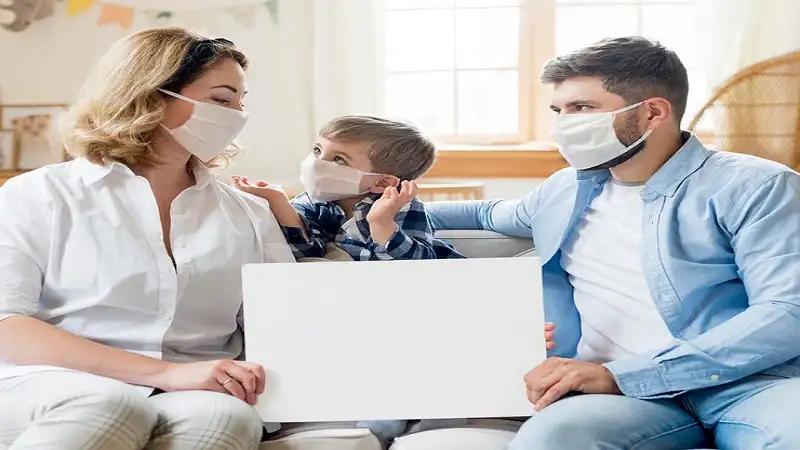Home safety is essential to protect loved ones from potential hazards. Teaching family members the basics can prevent accidents and make everyone feel secure. Here are practical home safety training tips that every family should follow.
Create a Family Safety Plan
Having a clear plan in place can make a significant difference in emergencies. A family safety plan should include:
- Emergency contacts: Ensure that all family members know essential numbers like 911, family doctors, and trusted neighbors.
- Meeting points: Designate safe places inside and outside the house where everyone should gather during emergencies like fire or gas leaks.
- Emergency exits: Identify all possible exit routes in case the main door is blocked or inaccessible.
- Drills: Regularly practice emergency drills to ensure everyone knows what to do in a crisis, such as fires or earthquakes.
Teach Basic First Aid
Basic first aid skills can save lives in critical situations. Families should learn how to respond to common injuries like cuts, burns, or sprains.
- CPR training: Cardiopulmonary resuscitation (CPR) can be lifesaving, especially if a family member suffers from a cardiac arrest.
- Treating burns: Everyone should know how to handle minor burns using cool water and clean bandages, as well as when to seek medical attention for severe cases.
- Handling bleeding: Teach the importance of applying pressure to a wound, using clean cloths or bandages, and when to visit the hospital.
Fire Safety Measures
Fire accidents can be devastating, but proper precautions can reduce their impact.
- Install smoke detectors: Place them in key areas like the kitchen, bedrooms, and hallways. Check their batteries regularly to ensure they function correctly.
- Fire extinguishers: Have extinguishers in accessible areas and train all family members on their proper use.
- Avoid open flames: Teach children about the dangers of candles, lighters, and matches, ensuring they’re kept out of reach.
- Kitchen safety: Always supervise cooking, and teach the importance of keeping flammable items away from the stove.
Secure Dangerous Items
Many household items, such as chemicals and sharp objects, can pose risks, especially to children.
- Store chemicals safely: Keep cleaning products, medicines, and other harmful substances in locked cabinets, away from children’s reach.
- Secure tools and knives: Make sure sharp tools, kitchen knives, and scissors are stored in drawers with safety locks.
- Child-proof the home: Use covers for electrical outlets, install baby gates near stairs, and secure heavy furniture to the walls to prevent tipping.
Electric and Gas Safety
Electricity and gas are essential, but they can also cause accidents if not managed properly.
- Check for faulty wiring: Ensure there are no exposed wires or malfunctioning outlets. If you suspect an issue, contact a licensed electrician.
- Gas leak awareness: Teach family members how to recognize the smell of gas and what to do if there’s a suspected leak—evacuate the home and call the gas company immediately.
- Use appliances safely: Make sure everyone knows how to properly use household appliances, and don’t overload electrical outlets or extension cords.
Home Security Measures
Keeping your home secure from intruders is another crucial aspect of safety.
- Install security systems: Modern alarm systems can alert you to potential intruders. Many also include cameras for extra protection.
- Lock doors and windows: Ensure all doors and windows are locked, especially at night or when the house is empty.
- Teach children about strangers: Teach children not to open the door to strangers or disclose any personal information over the phone.
Water Safety
Water hazards can be particularly dangerous for young children.
- Supervise children: Never leave children unattended near bathtubs, pools, or any body of water.
- Pool safety: Install fencing around pools, use covers when not in use, and ensure everyone knows how to swim.
- Bathroom safety: Use anti-slip mats in the bathtub and shower to prevent falls. Always monitor water temperature to avoid scalding.
Conclusion
Teaching home safety to every family member is crucial for ensuring a secure environment. By following these easy home safety training tips, families can minimize the risk of accidents and handle emergencies more effectively. Prioritizing safety in the home will provide peace of mind and protection for all family members.
